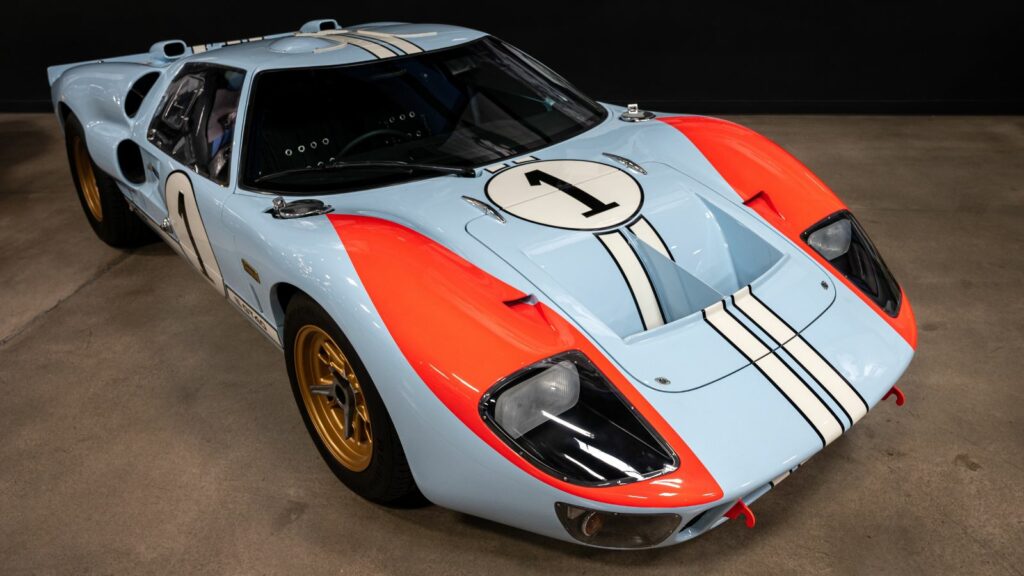For many people, cars are meant to get from one place to another. But car enthusiasts look at cars and appreciate them for all their features, ranging from power and speed to style and comfort. While some cars are optimized for fuel efficiency or comfort, others are designed to grab attention. These cars don’t just offer speed. They have artistic design, state-of-the-art technology, and breathtaking interiors. Here are 23 cars that are pure head-turners:
Lamborghini Aventador SVJ (2018)
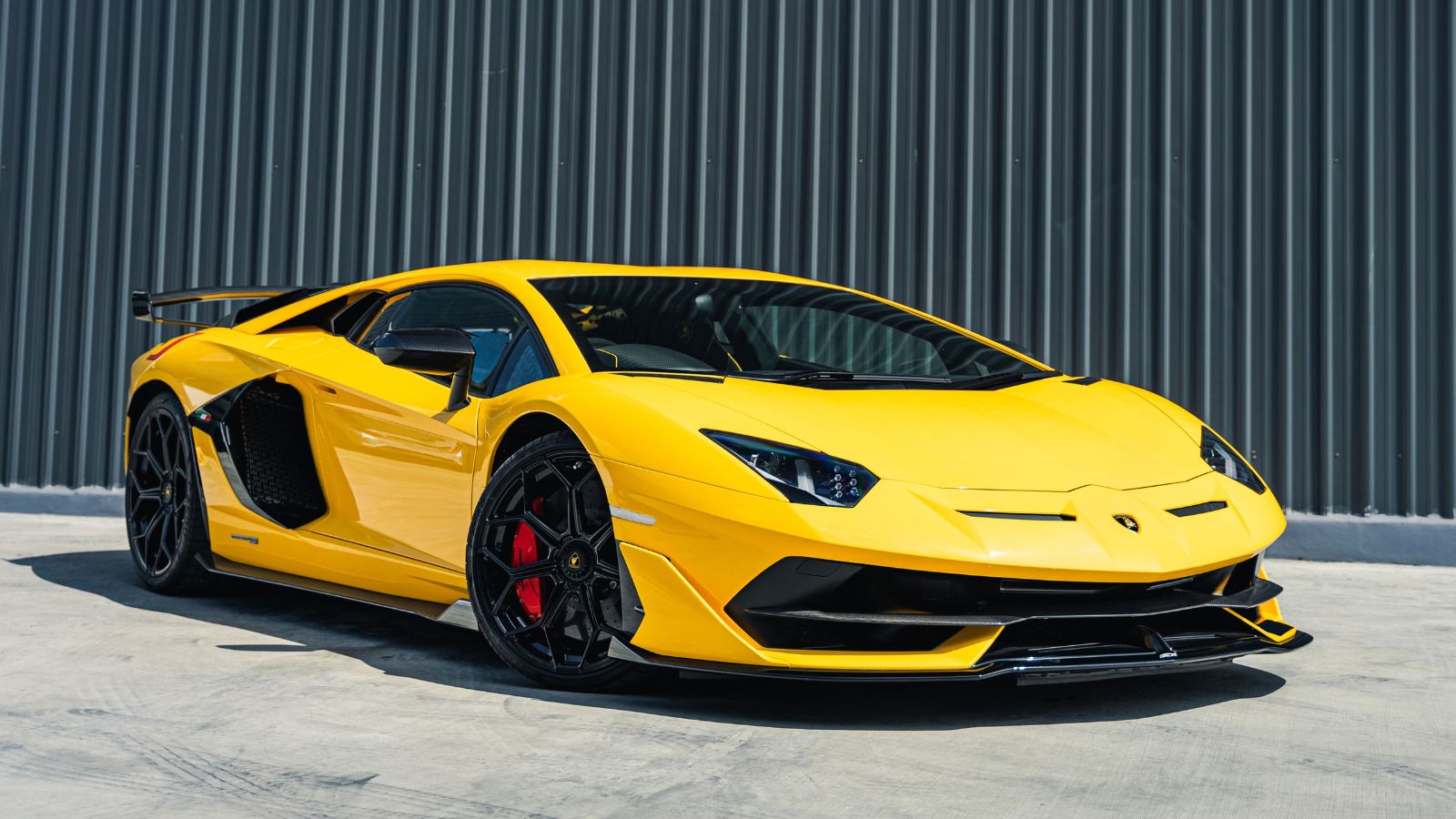
The Aventador SVJ is a Lamborghini in its most raw form. Its creator, Mitja Borkert, crafted this monster with an aerodynamic body as aggressive as it is menacing, with enormous air intakes, a gigantic rear wing, and the brand’s distinctive Y-shaped headlights. Its engine is a 6.5L naturally aspirated V12, snarling with 759 horsepower. The interior blends Alcantara, carbon fiber, and digital screens, topped off with race-inspired bucket seats. The car goes from 0-60 mph in a mere 2.8 seconds.
Bugatti Chiron (2016)
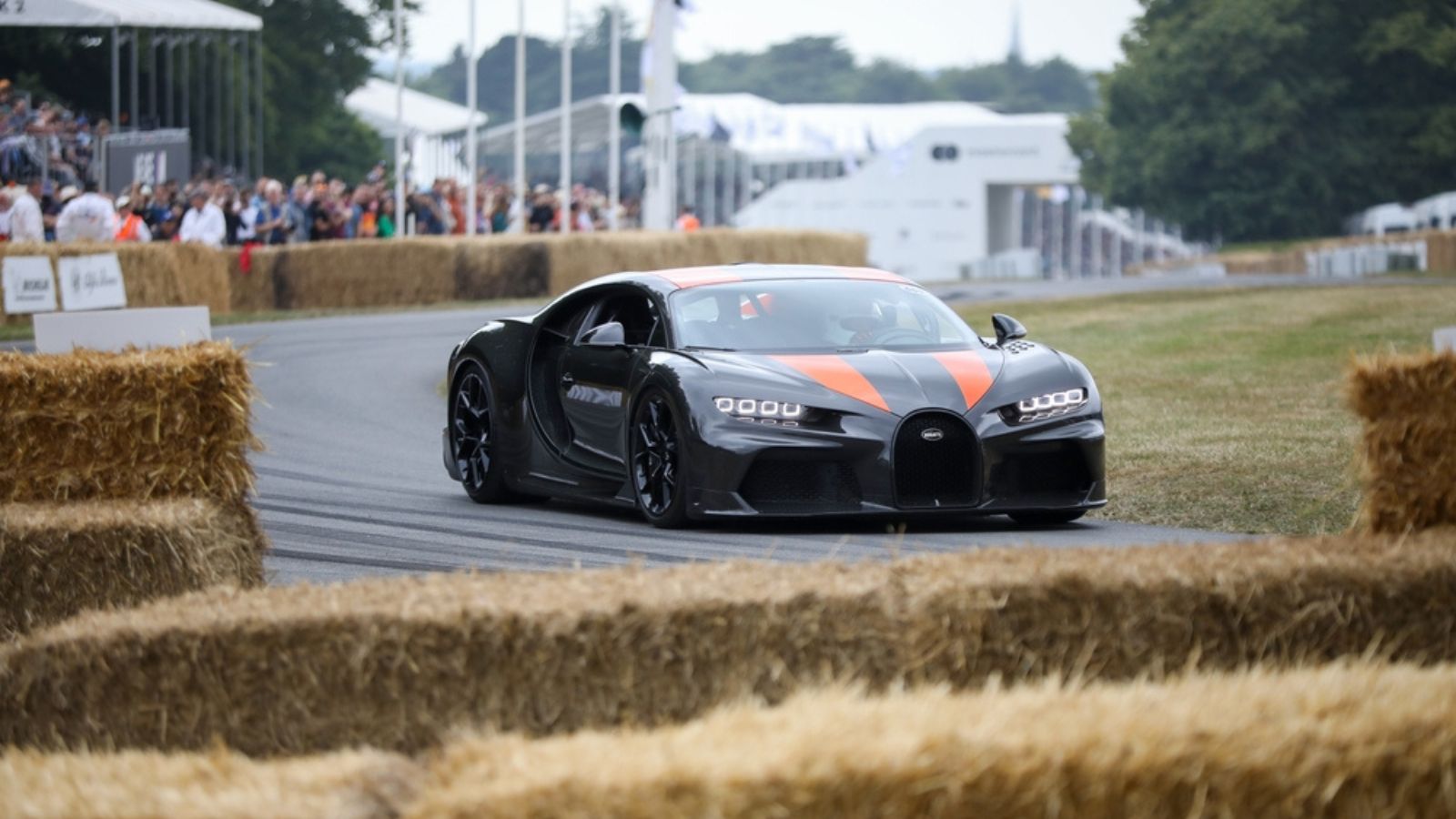
A vehicle that embodies excess and sophistication, the Bugatti Chiron, styled by Achim Anscheidt, is a quad-turbocharged 8.0L W16-powered work of art. With 1,479 horsepower, it’s one of the quickest production vehicles ever produced. It has hand-stitched leather, a minimalist but futuristic dashboard, and a C-shaped light strip that tastefully wraps around the cabin. The precision-forged center console looks like it should be on a luxury yacht. And with a 0-60 mph time of 2.3 seconds, it’s both a work of art and a rocket on wheels. The Chiron’s top speed of 261 mph makes it an engineering marvel that few can match.
Ferrari LaFerrari (2013)
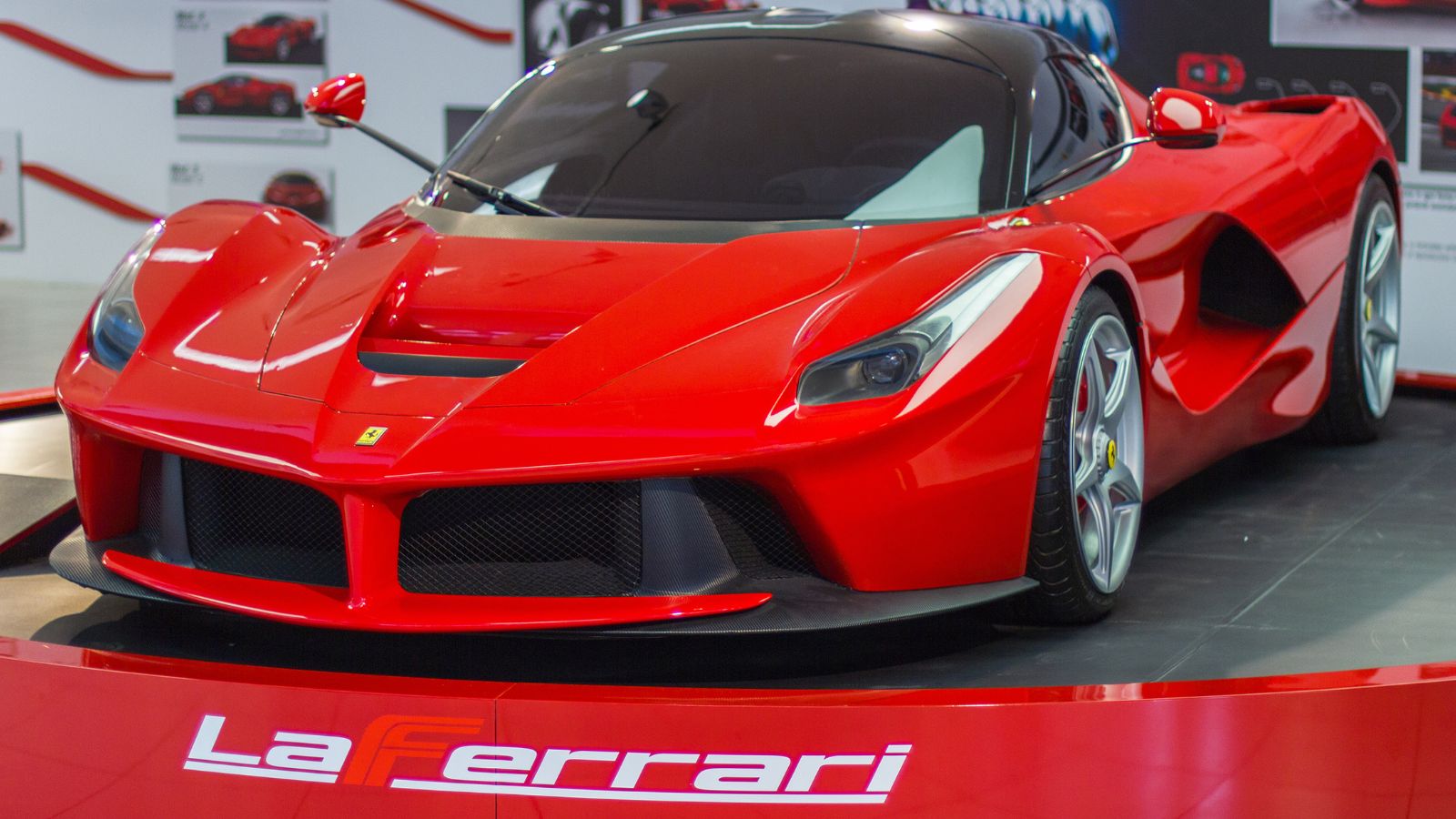
Ferrari’s first-ever hybrid hypercar, the LaFerrari, was penned by Flavio Manzoni and is a marvel of aerodynamic perfection. It is powered by a 6.3L V12 coupled with an electric motor and delivers 950 horsepower. Inside, the driver-focused cockpit features an F1-style steering wheel, carbon-fiber racing seats, and a digital instrument cluster that immerses you in pure performance. The LaFerrari sprints from 0-60 mph in just 2.6 seconds, proving that it’s not just a pretty face. Its top speed of 217 mph is an electrifying blend of heritage and innovation.
McLaren P1 (2013)
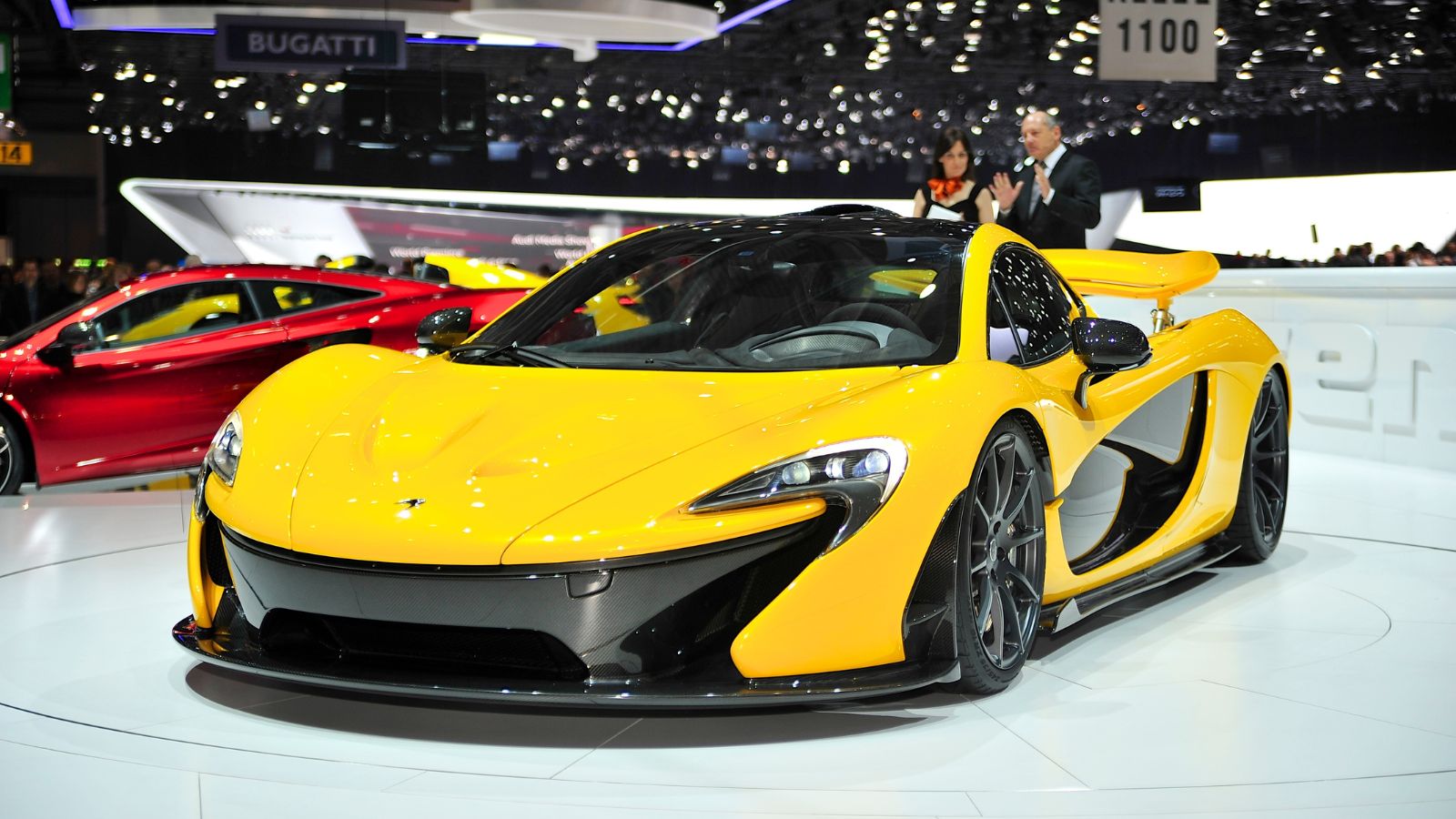
A hybrid hypercar pioneer, the McLaren P1 by Frank Stephenson is a plug-in hybrid whose 3.8L twin-turbo V8, coupled with its electric motor, makes 903 horsepower. Its teardrop body and enormous rear wing are all about performance. The interior has sparse carbon-fiber trim, bucket seats, and a portrait-mode infotainment display. The P1 accelerates from 0 to 60 mph in only 2.8 seconds and is still one of the most stunning vehicles ever produced.
Aston Martin Valkyrie (2021)
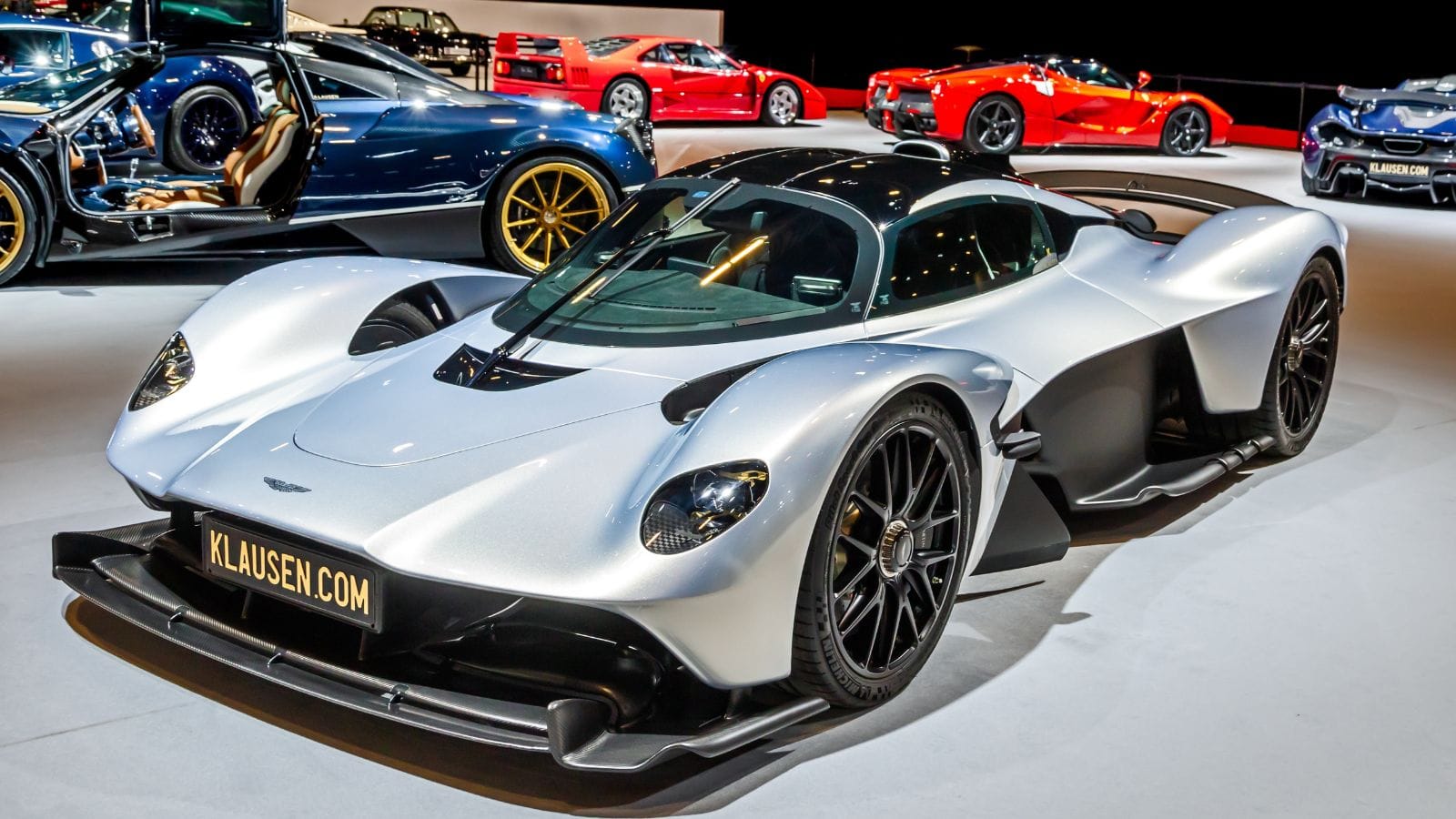
Adrian Newey designed the Aston Martin Valkyrie to resemble a car that drove out of a science fiction film. The 1,160-horsepower Cosworth V12 6.5L engine roars like an F1 car and its radical aerodynamics make it one of the most macho-looking road cars produced. The cockpit is a full carbon-fiber tub with a Formula 1-style yoke steering wheel, super-lightweight seats, and a digital instrument panel that shows only the basics. With a 0-60 mph time of only 2.5 seconds, this vehicle is as astonishing in motion as it stands still.
Koenigsegg Jesko (2019)
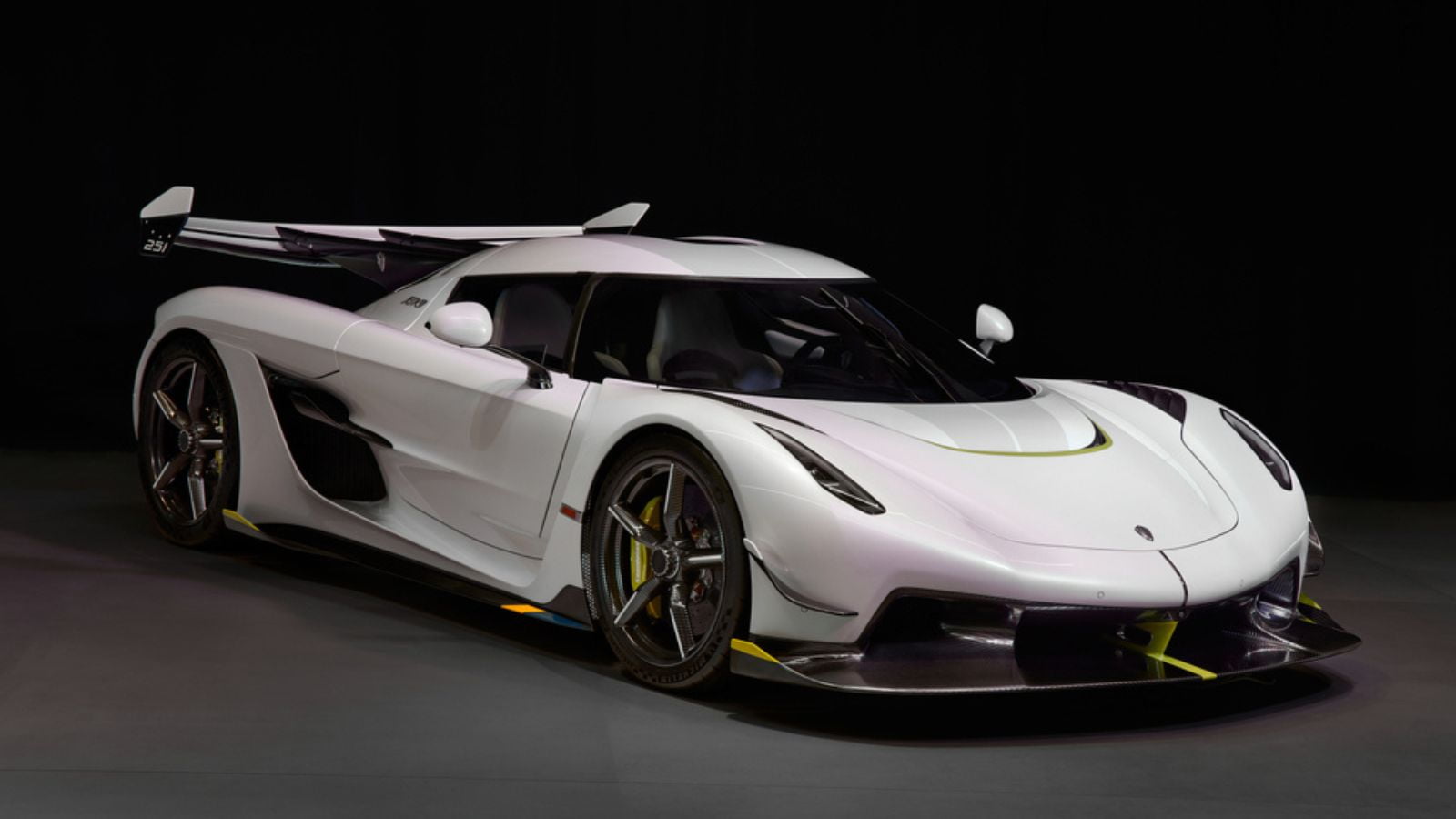
Named after Christian von Koenigsegg’s father, the Jesko is the company’s response to the next generation of hypercars. The twin-turbo 5.0L V8 produces a staggering 1,600 horsepower on E85 fuel. Its styling is all about maximum downforce, with a huge active rear wing and sharp aerodynamics. Its interior, however, is surprisingly comfortable for a hypercar, with minimalist carbon-fiber panels. The Jesko accelerates 0-60 mph in a mere 2.5 seconds, and it is both a beast and a beauty.
Pagani Huayra (2011)
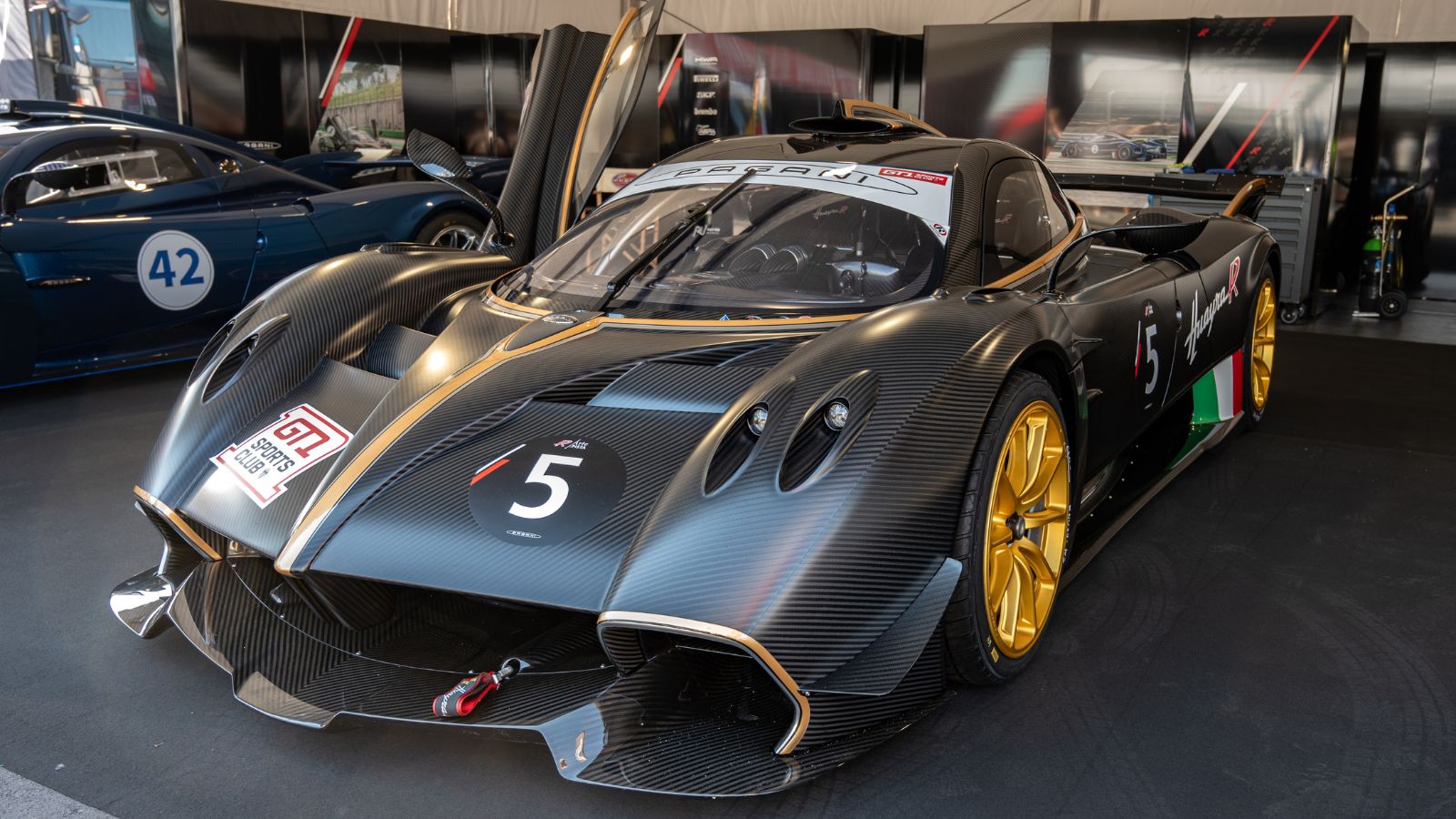
Horacio Pagani designed the Huayra as a rolling sculpture equipped with the 6.0L twin-turbo AMG V12, producing 720 horsepower. The active aerodynamics continuously shift to maximize performance, and the interior is a work of art consisting of exquisite leather, aluminum toggle switches, hand-built gear shift knob, and naked carbon fiber all around. It accelerates from 0-60 mph in 2.8 seconds, demonstrating that it is not merely a show car.
Rolls-Royce Sweptail (2017)
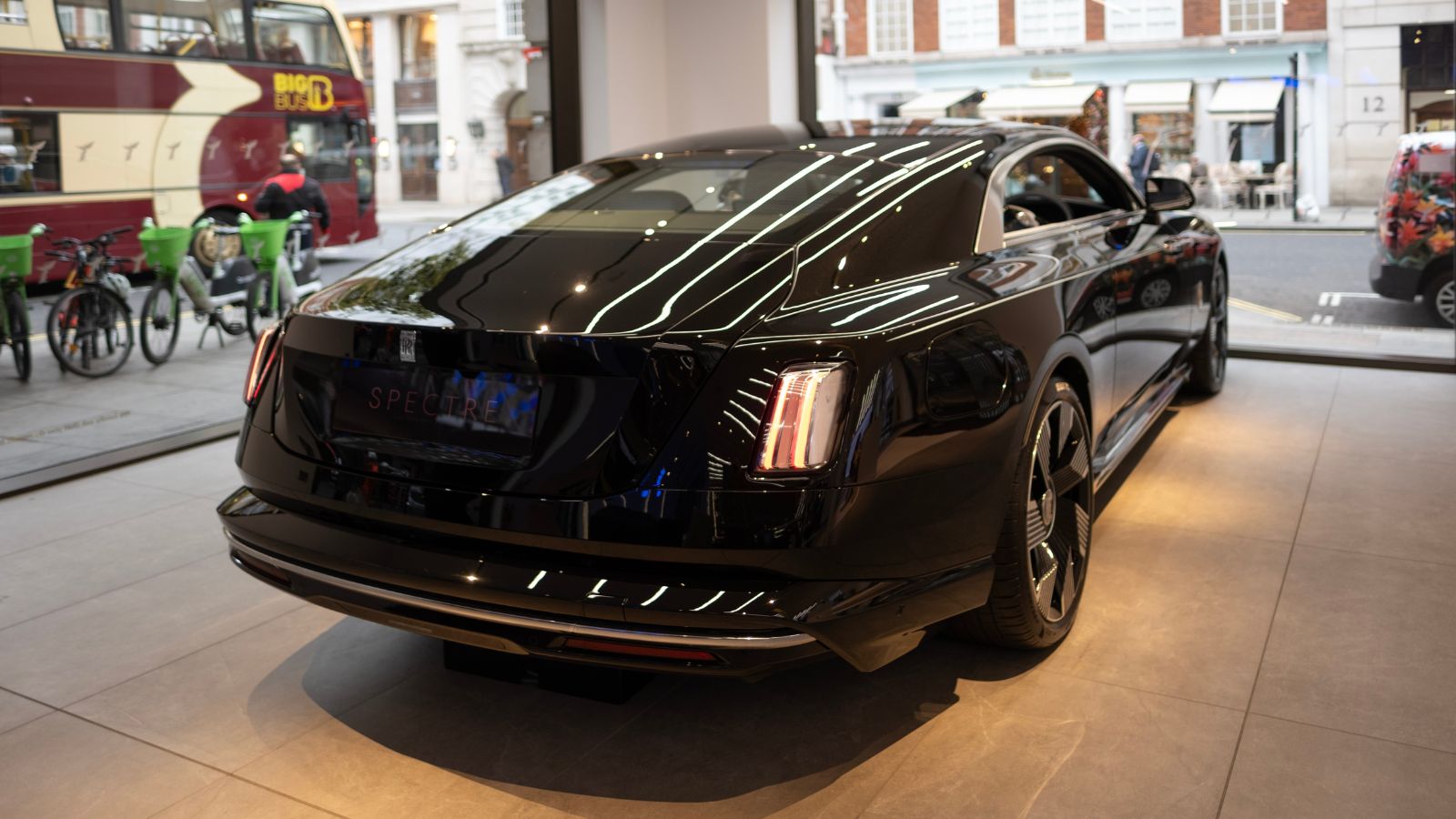
The Rolls-Royce Sweptail is more than a car. It’s a one-of-one work of art commissioned for a private individual. Designed by reference to classic Rolls-Royces and superyachts, the exterior is completely bespoke. The 6.75L V12 engine delivers effortless power, but the real centerpiece is the luxurious interior. The interior boasts hand-finished wood, the best leather, a panoramic glass roof, and a champagne cooler disguised within the center console. Unlike most vehicles, the Sweptail does not shout speed but hints at exclusivity.
Ferrari F40 (1987)

One of the most iconic Ferraris of all time, the F40, penned by Leonardo Fioravanti, was a birthday present by Ferrari to itself to celebrate its 40th anniversary. With its 2.9L twin-turbo V8 pumping out 471 horsepower and its unmistakable wedge body, enormous rear wing, and lightweight construction, the F40 is a styling icon. Its interior is stripped down to basics with no carpeting, no luxury screens, just pure racing fundamentals. With a 0-60 mph time of 3.8 seconds, it was a beast in its day and an icon today. Its 201 mph top speed made it the fastest production vehicle of its day.
Porsche 918 Spyder (2015)
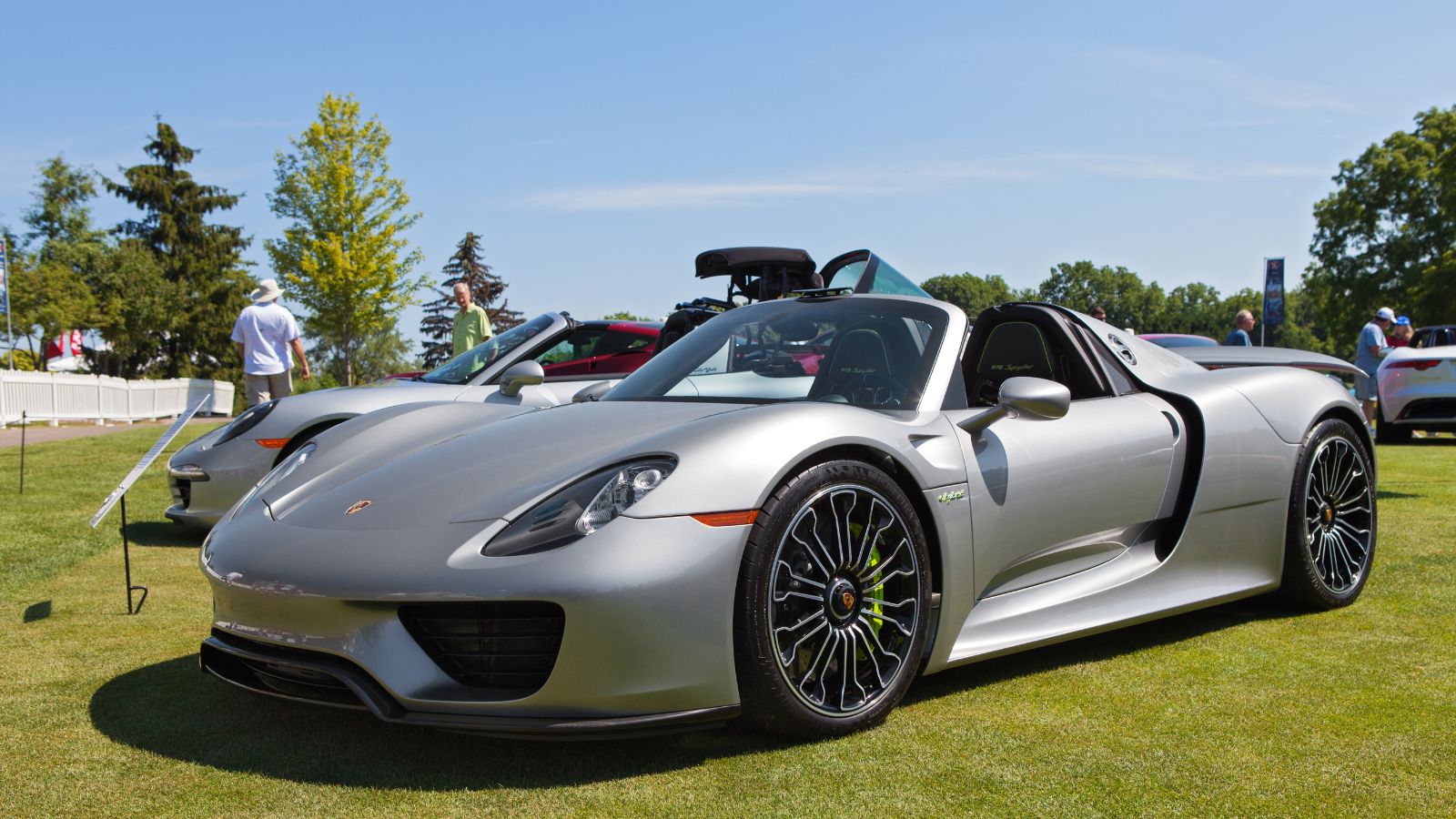
Porsche’s hybrid hypercar, the 918 Spyder, was revolutionary. Created by Michael Mauer, it has a 4.6L V8 engine combined with two electric motors, producing 887 horsepower. The outside is streamlined, but the inside is where tech meets luxury. It has carbon-fiber sports seats, a technologically advanced center console with touch controls, and a space-age steering wheel. The vehicle blasts from 0-60 mph in a blistering 2.2 seconds, one of the quickest road-legal Porsches ever. With only 918 units available, it quickly became a collector’s piece.
Mercedes-AMG One (2022)
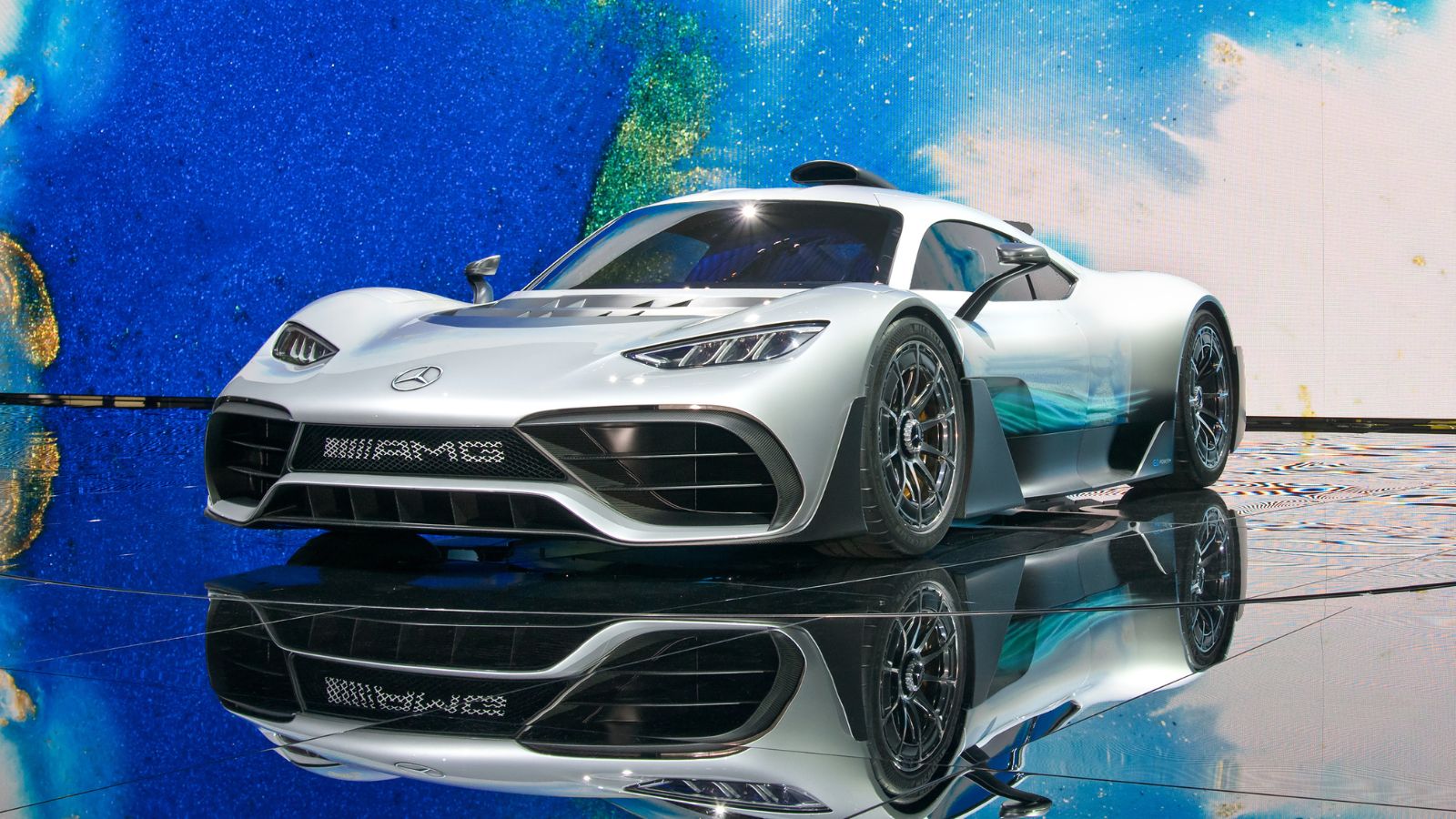
The AMG One is a Formula 1 car for driving, adopting the same 1.6L turbo V6 hybrid motor in Mercedes’ F1s. It was created by Gorden Wagener, with an aerodynamic presence, an active rear wing, and ginormous air intakes. It has the same race-intense interior design, with carbon-fiber bucket seats, flat-bottom F1-style controls for the steering wheel, and two digital monitors replacing conventional gauges. With a 0-60 mph time of 2.6 seconds, it takes race technology to public roads. Its production run of 275 units makes it an ultra-rare hypercar.
BMW i8 (2014)
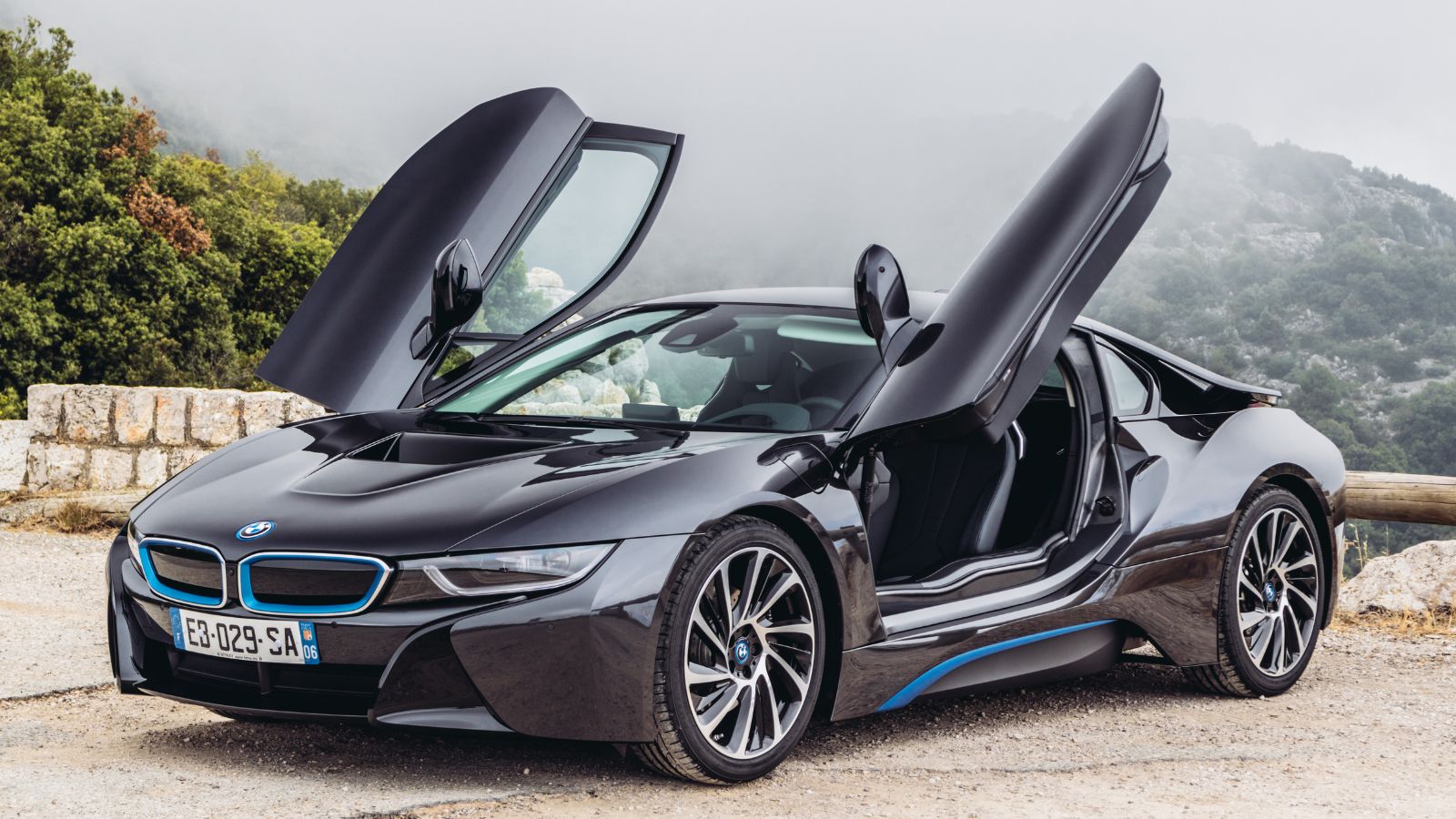
The BMW i8, penned by Benoit Jacob, was a hybrid sports car that was futuristic in appearance, like something out of a science fiction film. With its butterfly doors, slim LED lights, and low, wide stance, it was a magnet for attention. Under the bonnet, the 1.5L turbocharged three-cylinder powerplant and an electric motor made 369 horsepower. The interior blended luxury leather, carbon fiber, and cutting-edge digital monitors. While it was a hybrid, it would accelerate from 0-60 mph in 4.2 seconds, showing that high performance and sustainability could coexist.
Ford GT (2017)
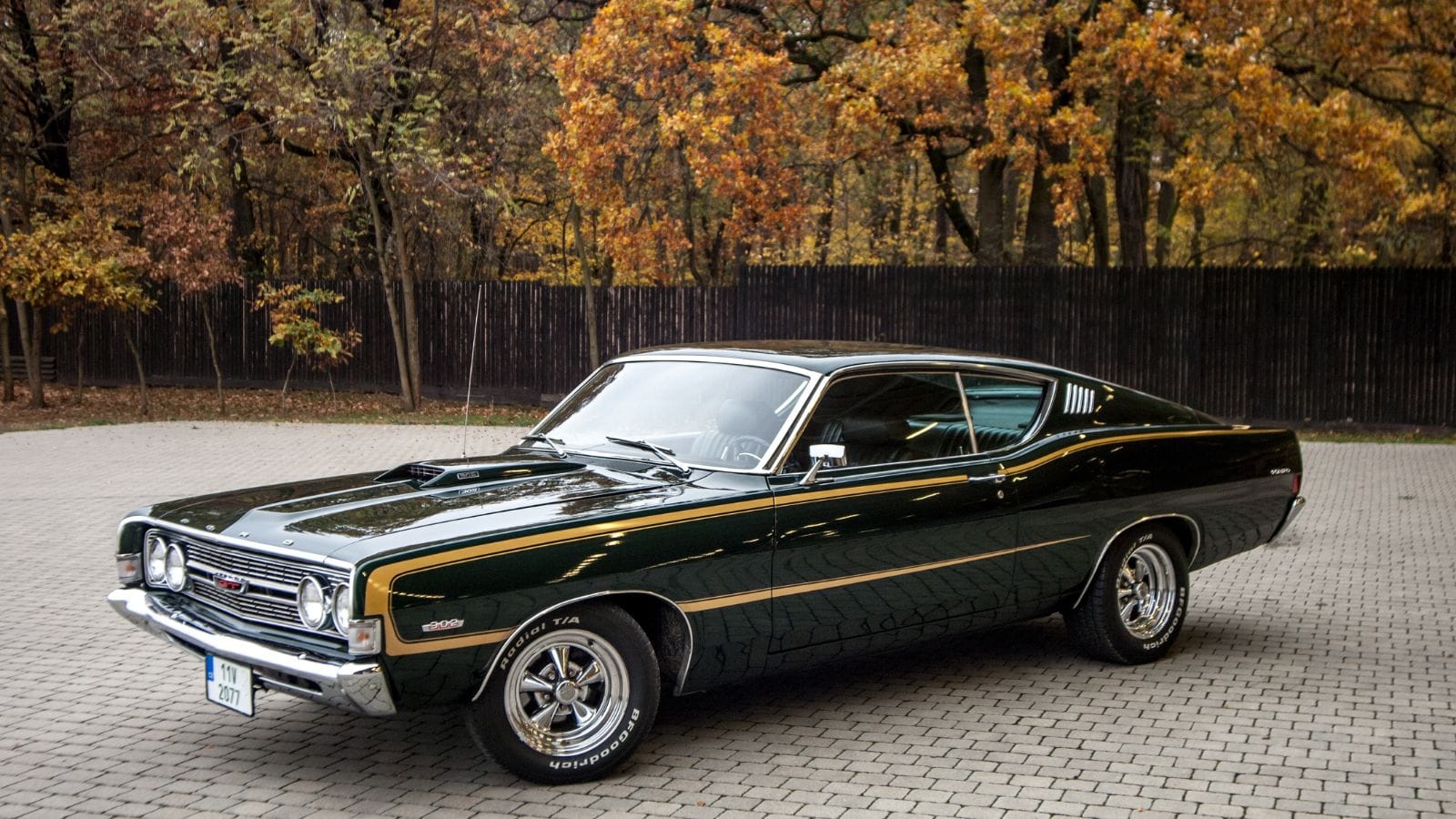
A real-life American icon redesigned, the 2017 Ford GT penned by Chris Svensson was a contemporary interpretation of the iconic GT40. Powered by a 3.5L twin-turbocharged V6 developing 647 horsepower, it was built to deliver. Its aerodynamic teardrop nose, massive rear wing, and flying buttresses made it one of the most eye-catching supercars of its time. At 0-60 mph in 3.0 seconds, the car was made to own the track.
Lexus LFA (2010)

The Haruhiko Tanahashi-designed Lexus LFA was Toyota’s pinnacle supercar, with a 4.8L naturally aspirated V10 engine producing 552 horsepower. Its carbon-fiber body, aggressive aerodynamics, and signature triple-exhaust setup made it visually stunning. Inside, the LFA had a driver-focused cockpit with a digital tachometer that changed colors based on RPMs, premium Alcantara, leather seats, and an exclusive Mark Levinson sound system. It could hit 60 mph in 3.6 seconds, but its real magic was in the spine-tingling sound of its high-revving engine.
Tesla Roadster (Upcoming 2025)
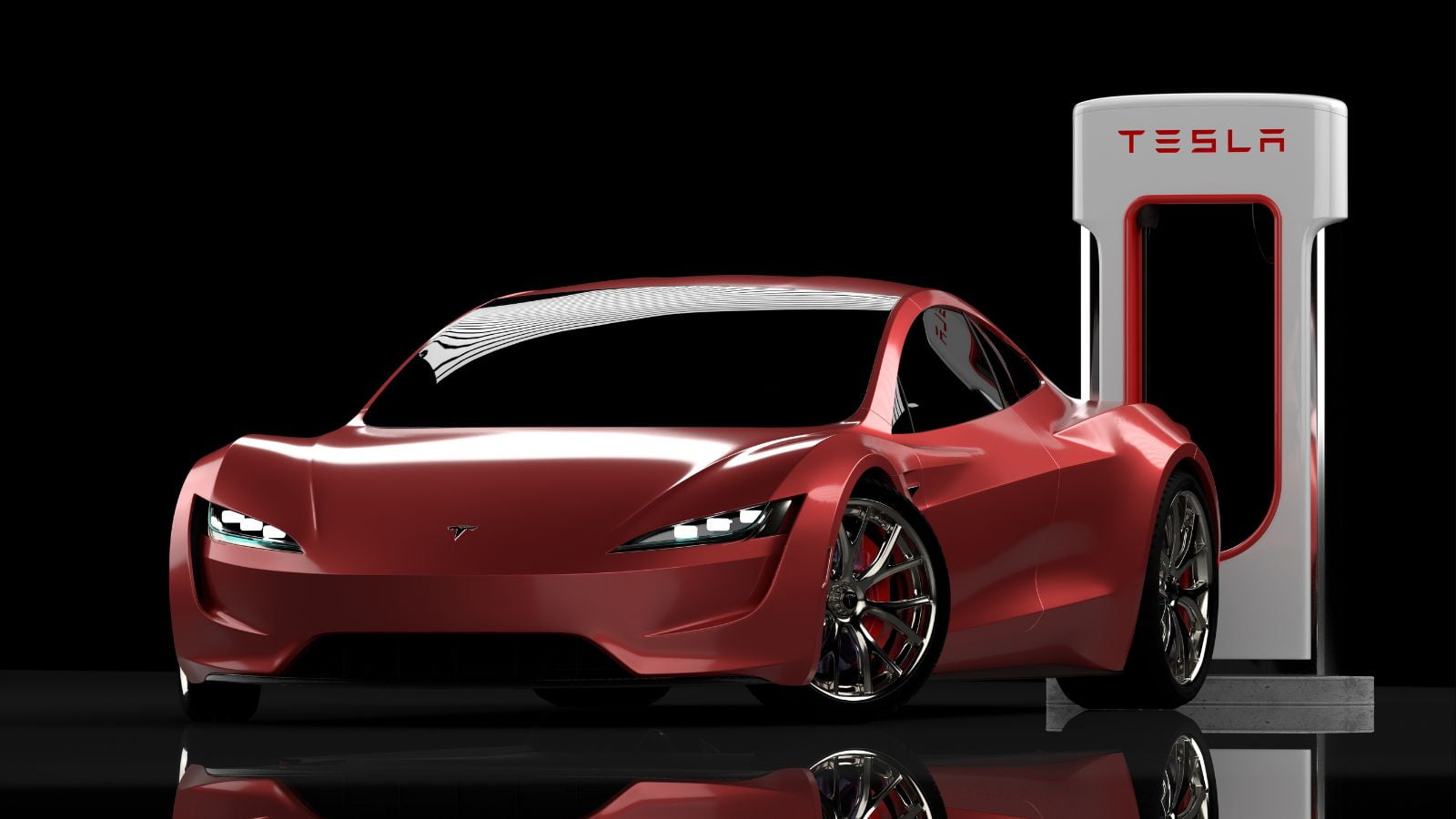
The future Tesla Roadster will revolutionize speed and electric power. Franz von Holzhausen designed it with a tri-motor configuration that can deliver more than 1,000 horsepower. The interior is minimalist luxury with a wraparound touchscreen, carbon-fiber trim, and a glass roof that melts into the design. Tesla says it will accelerate from 0-60 mph in a staggering 1.9 seconds, placing it among the quickest production vehicles in history. With a higher top speed than 250 mph and a range of 620 miles, it is set to break all conventional expectations for EV performance.
Rimac Nevera (2021)
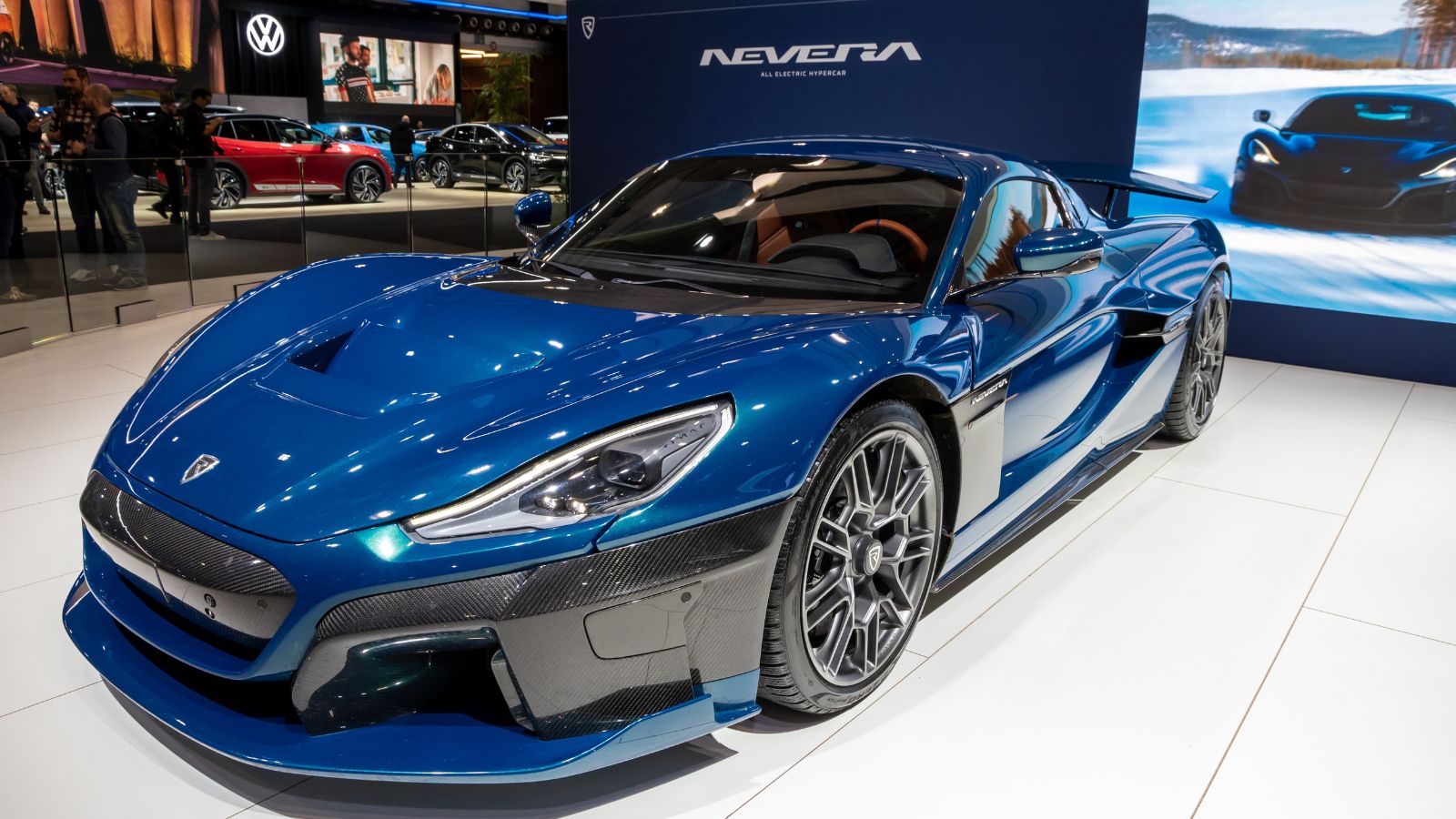
Mate Rimac’s designed Rimac Nevera is a fully electrically-powered hypercar with a whopping 1,914 horsepower. Its aerodynamic, butterfly-door design is a showstopper. Under the hood, the cabin is high-tech and opulent, featuring Alcantara, carbon fiber, and a driver-focused digital cockpit. The Nevera’s 0-60 mph in 1.85 seconds makes it the quickest accelerating production car on the planet. Four independent electric motors give it sharp torque vectoring, so it’s a joy to drive. Production is capped at only 150 units, so the Nevera is an ultra-rare EV that upends the rulebook for hypercars.
Hennessey Venom F5 (2020)

The Hennessey Venom F5 is a hypercar built to shatter speed records. Conceived by John Hennessey and his team, it boasts a 6.6L twin-turbocharged V8, which has been dubbed “Fury” and churns out a staggering 1,817 horsepower. Inside, the interior is driver-centric, with a digital instrument cluster, a racing steering wheel, and light carbon-fiber seats. The F5 has a 0-60 mph acceleration of only 2.6 seconds but aims to go beyond 300 mph, making it among the quickest cars ever constructed.
Maserati MC20 (2020)
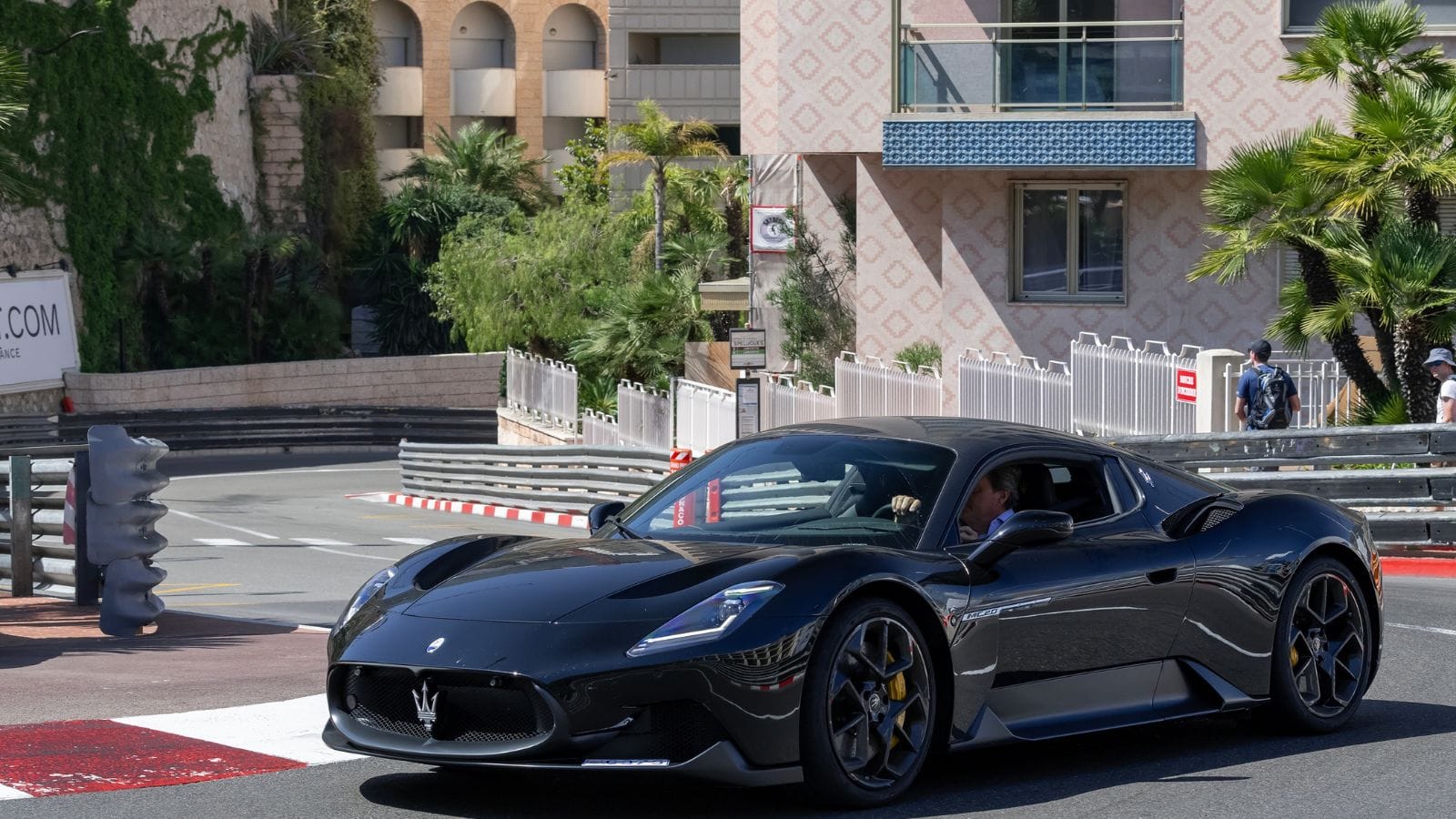
The Maserati MC20 was the Italian company’s comeback to the world of high-performance sports cars. Klaus Busse designed the car with a 3.0L twin-turbo V6 with 621 horsepower. Its sculpted, swooping body with butterfly doors and menacing front fascia imbues it with a supercar attitude. The spartan interior has Alcantara and carbon fiber, a 10-inch digital instrument cluster, a cutting-edge infotainment system, and a flat-bottom steering wheel with drive-mode controls. With a 0-60 mph time of 2.9 seconds, the MC20 combines luxury and speed in the manner only Maserati can.
Bentley Bacalar (2020)
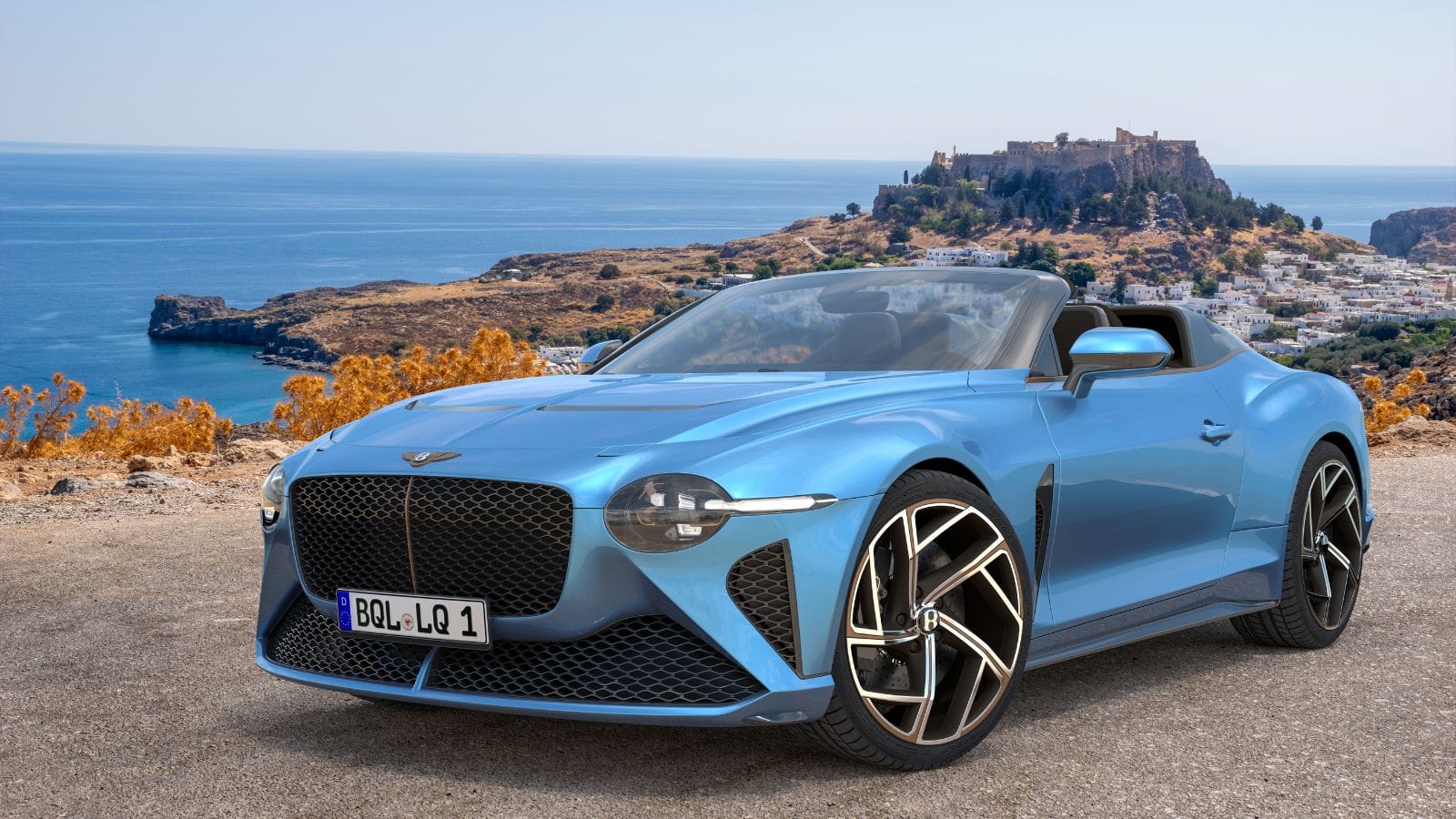
The Bentley Bacalar is an extremely rare grand tourer, created by Bentley Mulliner and produced in only 12 units globally. It has a 6.0L twin-turbocharged W12 engine, which produces 650 horsepower. The bodywork is muscular yet slim, with an open-top model and hand-crafted details. The inside is a masterpiece with sustainable 5,000-year-old Riverwood, hand-quilted leather, a digital cluster, and an upmarket Naim audio system that makes it one of the most opulent cabins ever designed. Although it’s not a track beast, its 3.5-second 0-60 mph indicates that sophistication and speed are not mutually exclusive.
De Tomaso P72 (2019)
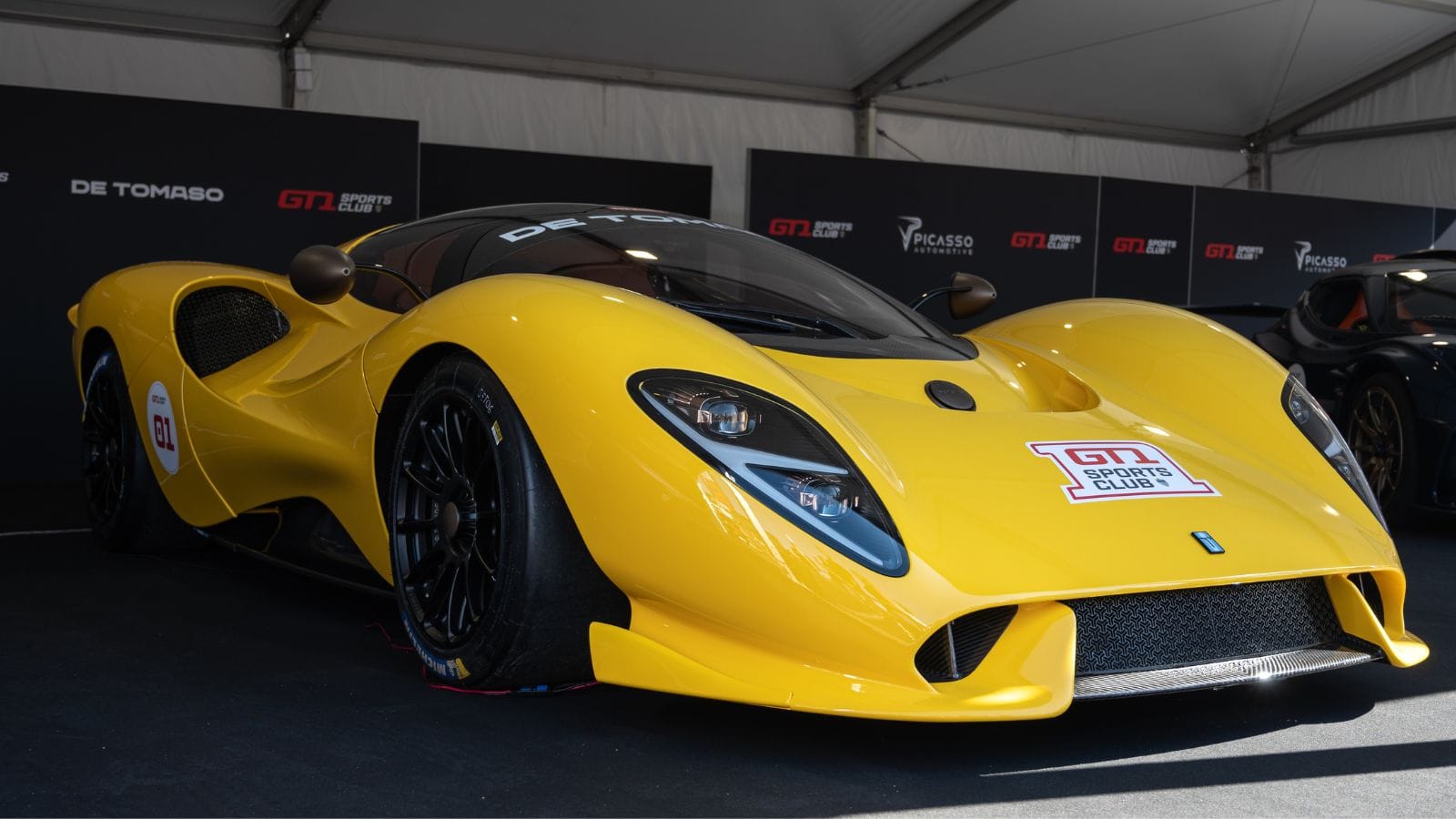
A contemporary interpretation of classic racing beauty, the De Tomaso P72 by Jowyn Wong is a retro masterpiece. Powering it is a supercharged 5.0L V8, delivering 700 horsepower. The sweeping curves, round headlights, and visible gear linkage are a visual throwback to Le Mans classics. The interior features quilted leather, exposed copper, and carbon fiber, complemented by analog dials that exude old-school charm. Although retro-inspired, it accelerates from 0-60 mph in less than 3.0 seconds, demonstrating that nostalgia and speed can go hand in hand.
SSC Tuatara (2020)
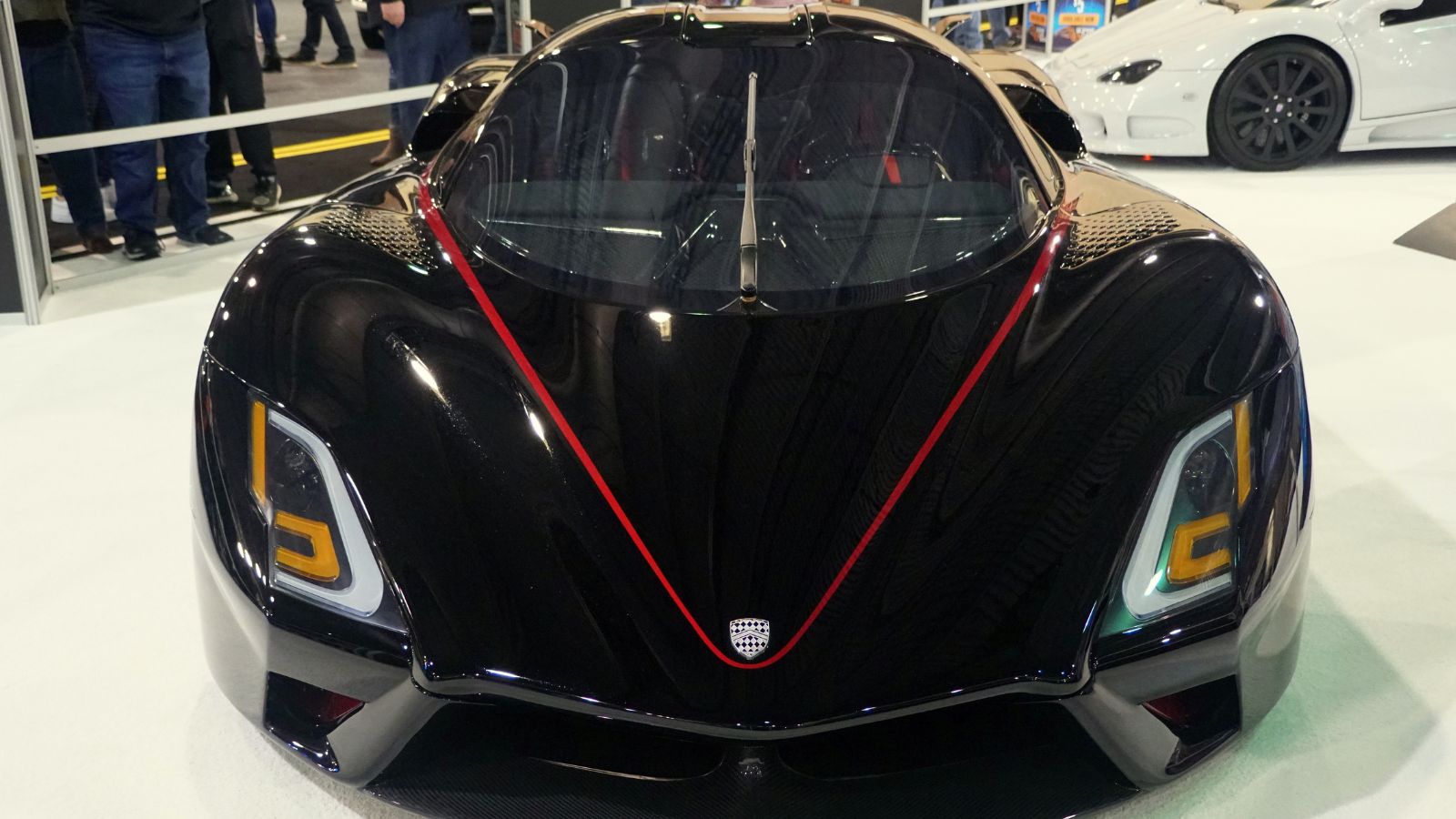
The SSC Tuatara is a record-breaking hypercar that grabbed the headlines with its bid to become the world’s fastest-production vehicle. Styled by Jason Castriota, it boasts a 5.9L twin-turbo V8, producing an astonishing 1,750 horsepower. Behind the wheel, the cabin feels unexpectedly comfortable, with high-grade materials, a digital gauge cluster, and a touchscreen infotainment setup. With its 0-60 mph dash of 2.5 seconds, the Tuatara is a speed fiend, formerly claiming to have reached 316 mph, albeit later challenged.
Apollo Intensa Emozione (2017)
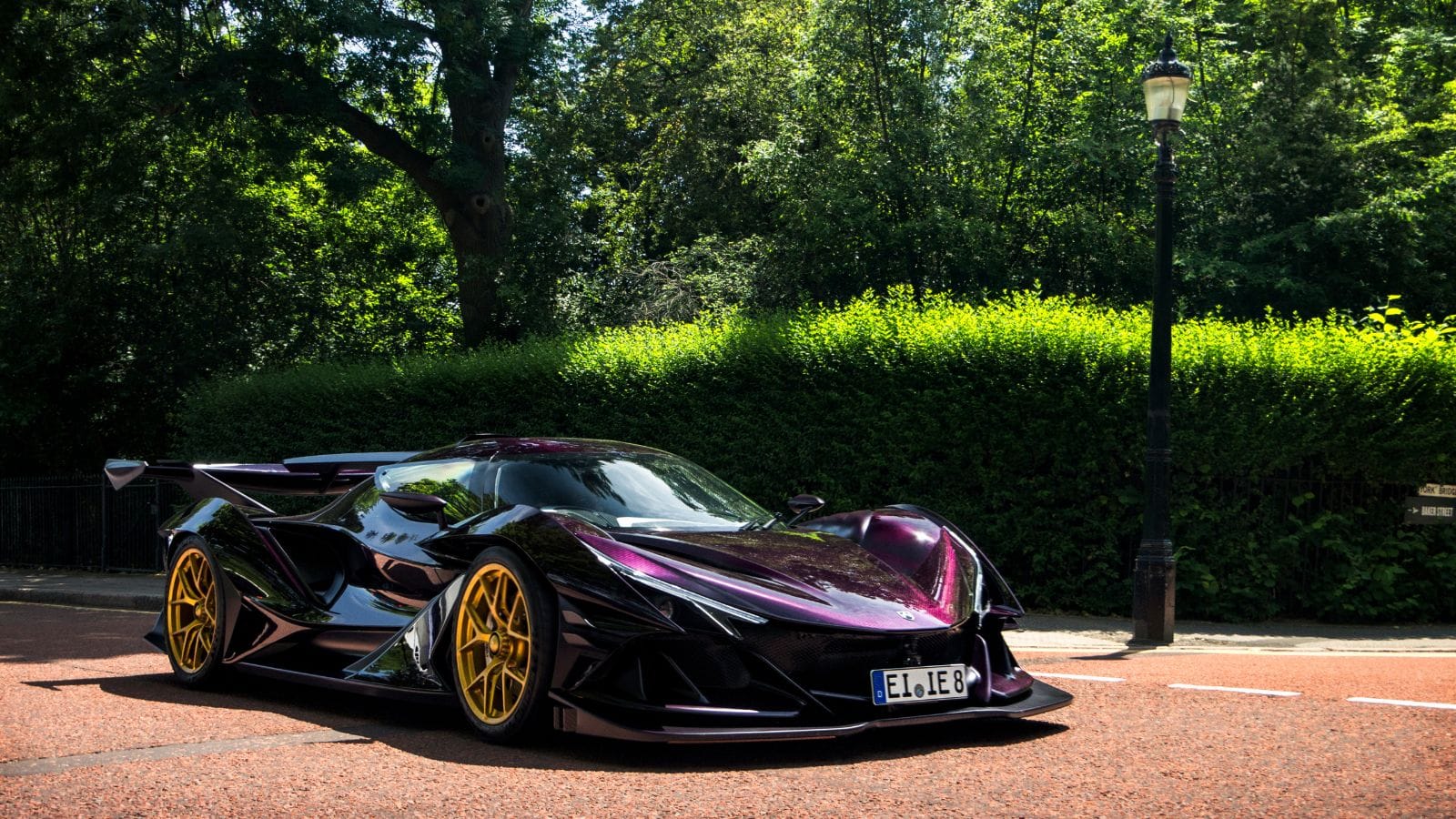
Joe Wang designed the Apollo Intensa Emozione (IE). Its name means “Intense Emotion,” and it delivers. Powered by a 6.3L naturally aspirated V12, producing 769 horsepower, it sounds as aggressive as it looks. The fighter jet-inspired exterior features massive aerodynamic fins, extreme vents, and an oversized rear wing. Inside, the cockpit is straight out of a video game, with an aggressive carbon-fiber steering wheel, minimalistic digital displays, and race-ready bucket seats. At 0-60 mph in 2.7 seconds, this vehicle is all about the adrenaline experience.
Cadillac Celestiq (2024)
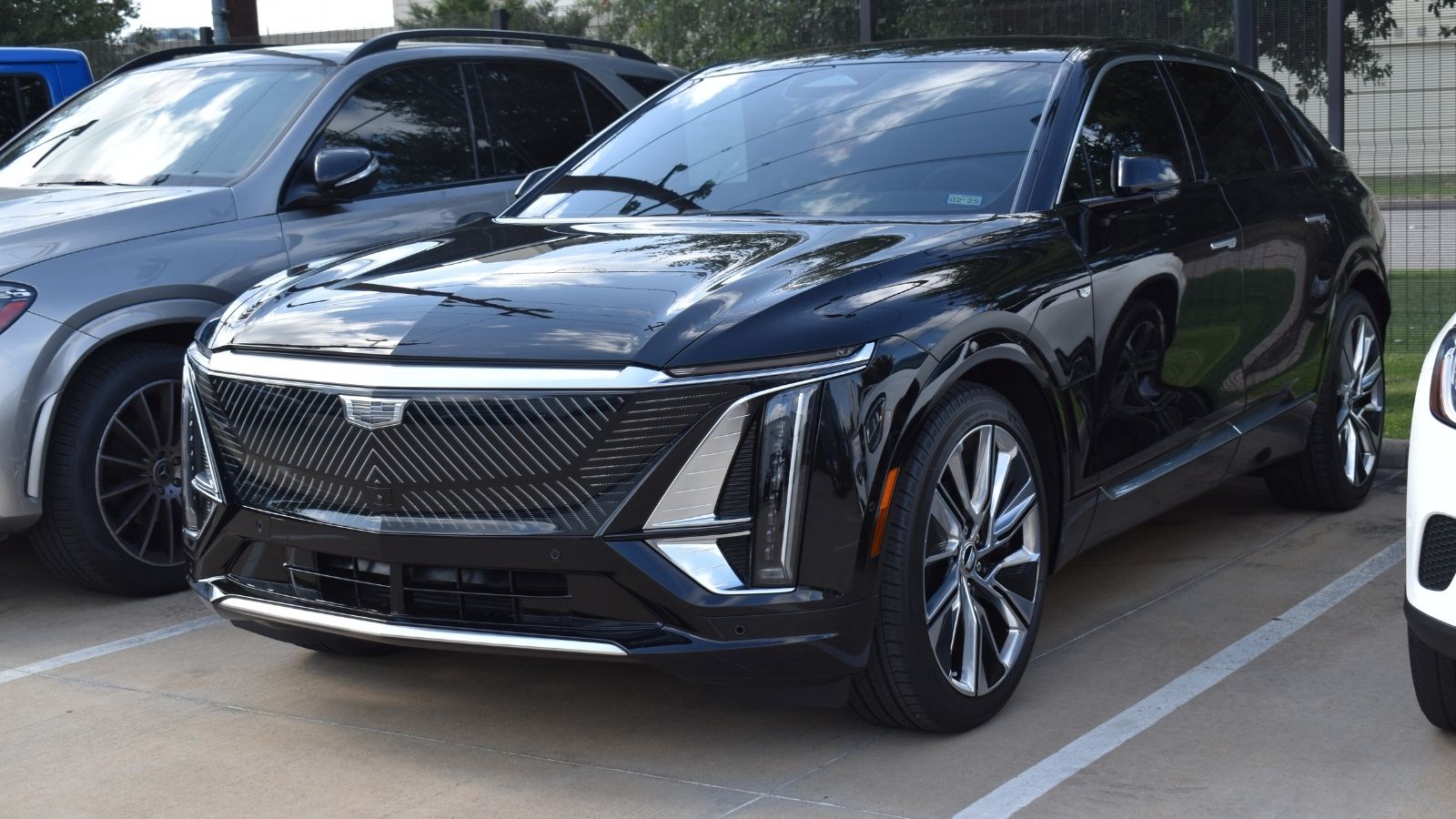
The Cadillac Celestiq is a hyper-lux EV meant to re-establish Cadillac among the ultra-premium players. It has a sleek yet futuristic look with a dual-motor electric powertrain that churns out more than 600 horses. The inside is where it excels, featuring a huge 55-inch curved digital dashboard, soft leather, and ambient lighting that can be personalized. Unlike Cadillac’s earlier luxury cars, the Celestiq provides a personalized experience, with every model being hand-assembled. Though it trumps speed in favor of comfort, it does speed up from 0-60 mph in about 3.8 seconds, demonstrating that luxury doesn’t equate to slowness.
18 Budget-Friendly Electric Cars That Last Longer Than Their Loans — Economical Electrics
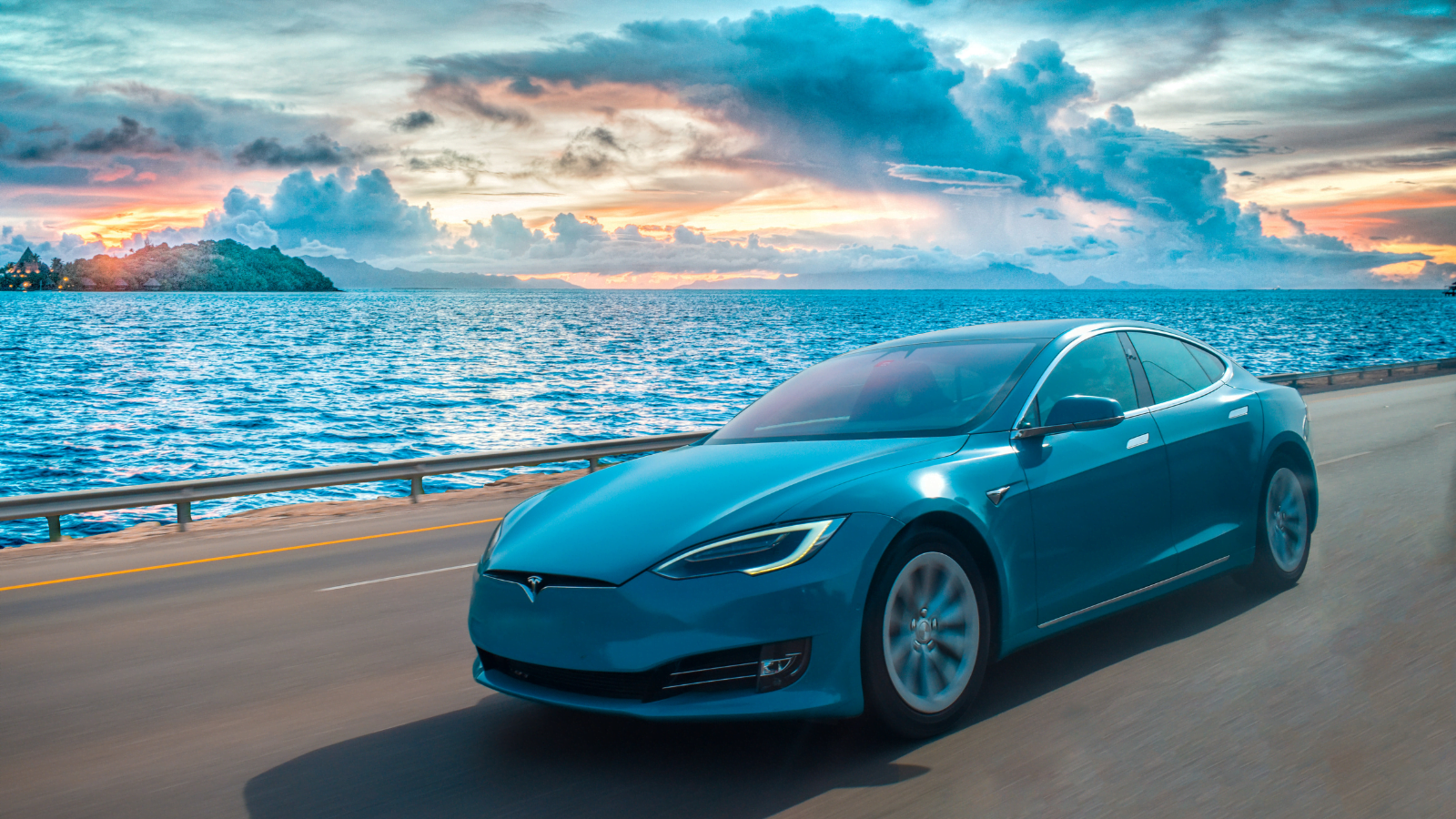
Electric vehicles are no longer a luxury for the elite—they’re a smart investment for the everyday driver. With manufacturers stepping up to the plate, affordable EVs now deliver on reliability, range, and modern comforts. Here’s a look at 18 economical electric cars engineered to outlast their payment plans.
18 Budget-Friendly Electric Cars That Last Longer Than Their Loans — Economical Electrics
